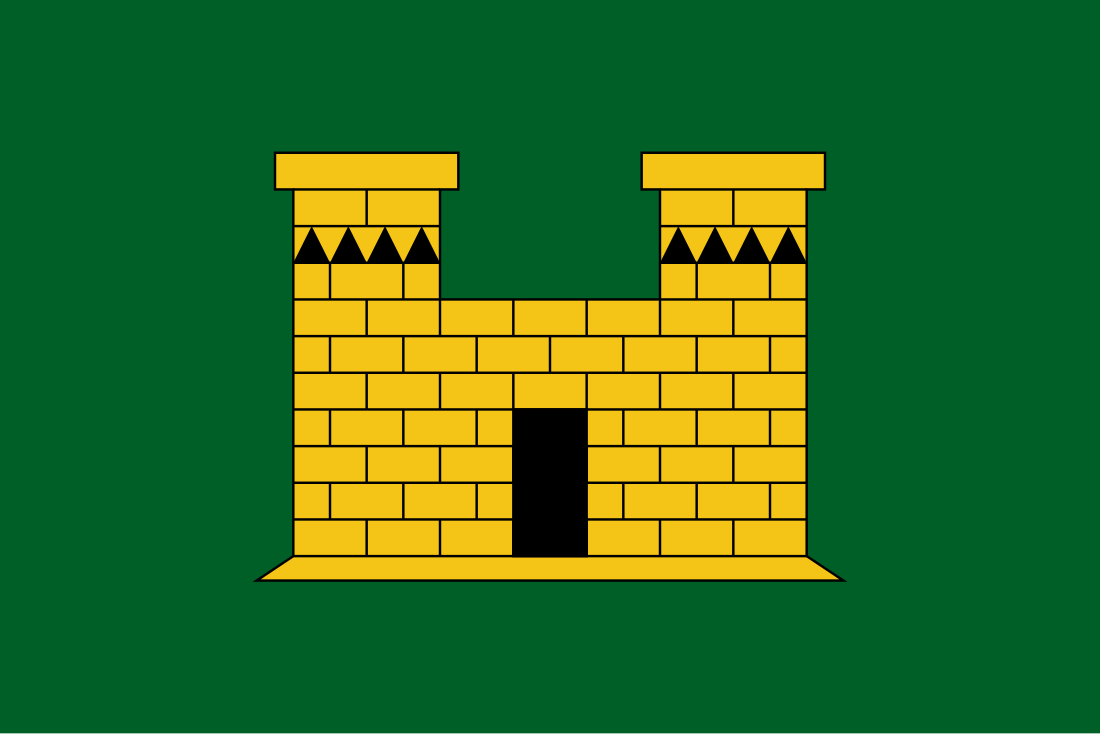Top Qs
Timeline
Chat
Perspective
Swat (princely state)
Former princely state of British Raj and Pakistan From Wikipedia, the free encyclopedia
Remove ads
State of Swat (Urdu: رياست سوات) was a state established in 1849 by the Muslim saint Saidu Baba, also known as Akhund of Swat,[2][3] and was ruled by Walis of Swat. It was recognized as a princely state in alliance with the British Raj between 1918 and 1947, after which the Akhwand acceded to the newly independent state of Pakistan. Swat continued to exist as an autonomous region until it was dissolved in 1969,[4] and incorporated into Khyber Pakhtunkhwa province (formerly North-West Frontier Province). The area it covered is now divided among the present-day districts of Swat, Buner, Kohistan and Shangla.
Remove ads
History
Summarize
Perspective
The Swat state was established by a religious leader, Saidu Baba, who was born in a Muslim Khatana Gujjar[5] family of the upper Swat Valley in 1794.[6] He began his life as a shepherd and then left the village at the age of 18 to settled in the village of Mian Brangola, where he got his early education and learnt the fundamentals of Islam.[6]
Saidu Baba ultimately settled in 1849 at Saidu Sharif, gradually turning Swat into an independent state.[7]: 40 However, after his death in 1877, Swat fell into abeyance till 1915, when Abdul Jabbar, a descendant of Pir Baba was elected as leader. In 1918, the grandson of Saidu Baba, Miangul Abdul Wadud became the Wali of Swat. Soon Swat was recognized by the British government as a princely state. In 1947, Miangul Abdul Wadud acceded his state to Pakistan.
Wali of Swat
The Wāli of Swat (Urdu: والی سوات) was the official title of the leader (wāli) of the Miangul dynasty that ruled over the state of Swat between 1857 and 1969.
The state of Swat was founded by Saidu Baba, religious leader also known as Akhund of Swat, in 1849. After his death in 1878, the state fell into abeyance until 1915, when Syed Abdul Jabbar Shah, a descendant of Pir Baba gained power with the title of Badshah. The grandson of Saidu Baba, Wadud of Swat was elected as monarch of Swat in 1918. This title was changed to "Wali" in 1926, when Swat became a princely state in a subsidiary alliance with the British Indian Empire.[8]
Upon Pakistan's independence in August 1947, Swat became a fully independent princely state until 3 November, when it acceded to Pakistan as one of the autonomous Princely states of Pakistan, and the Wali continued to rule.[9] The Wali ceased to rule in 1969, when the state of Swat was incorporated into the North-West Frontier Province of Pakistan (now Khyber Pakhtunkhwa). The region comprising the former princely state today covers parts of the Swat, Buner and Shangla districts of Khyber Pakhtunkhwa. Today, the title is used unofficially as a courtesy title by heirs of the Miangul family of the former Wali of Swat. The whole dynasty founded by the Abdul Wadud Badshah, also called itself by this title. The Wāli of Swat, Miangul Abdul Wadud, acceded his state to Pakistan on 3 November 1947. The last Wali, Miangul Jahan Zeb (1908 to 1987) continued to exercise absolute rule until Pakistan took control, when on 28 July 1969, Yahya Khan announced the full integration of Swat, Chitral, and Dir into Pakistan.[citation needed]
The title was made honorary after 1969 when the monarch was replaced by a civil administration.
Remove ads
Contributions
Summarize
Perspective
Educational advancements
Under the rule of Miangul Jehanzeb, who assumed the role of Wali in 1949, Swat experienced a remarkable growth in educational opportunities. He founded several schools and colleges, most notably Jehanzeb College in 1952. Education was offered at no cost, and scholarships were made available to students, resulting in a substantial rise in literacy rates.[10][11]
Judicial and administrative reforms
Miangul Jahan Zeb implemented a judicial system that combined traditional practices with modern governance. A network of qazis (judges) was established to ensure swift justice. Law and order were maintained through a combination of local jirgas (councils) and state enforcement, leading to a significant reduction in crime.[12]
Economic and industrial development
Under the leadership of Miangul Jahan Zeb, Swat's economy experienced diversification, becoming recognized for its handicrafts such as woolen blankets (Sharai), shawls, rugs, and intricate embroidery. Additionally, marble and emerald mining played a significant role in boosting the local economy.[13]
Cultural and architectural contributions
Miangul Abdul Wadud made investments in the preservation of culture and the development of architecture. The White Palace in Marghuzar, constructed in 1940, functioned as a summer retreat and stands as a symbol of the area's architectural legacy.
Remove ads
Integration into Pakistan
In 1969, Swat State was incorporated into Pakistan, joining the Khyber Pakhtunkhwa province. This change signified the conclusion of the princely state's self-governance, yet it established a legacy of advancement and forward-thinking policies.[14]
Government
Summarize
Perspective
The rulers of Swat held the title Amir-e Shariyat and from 1918 were known as Badshah; the title changed to Wali in 1926 when it became a Princely State of the British Raj. Since 1969 the former princely state has been under a civil administration as part of Khyber Pakhtunkhwa.[4]
Remove ads
Rulers
This is a list of rulers of Swat princely state:
Remove ads
See also
References
Further reading
External links
Wikiwand - on
Seamless Wikipedia browsing. On steroids.
Remove ads


